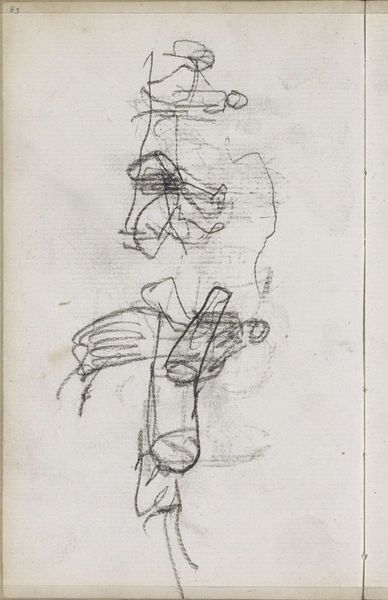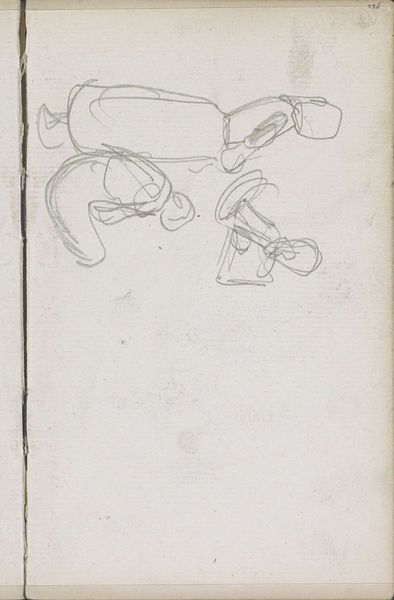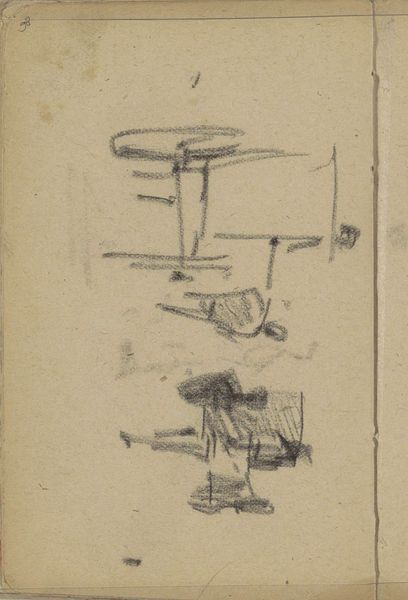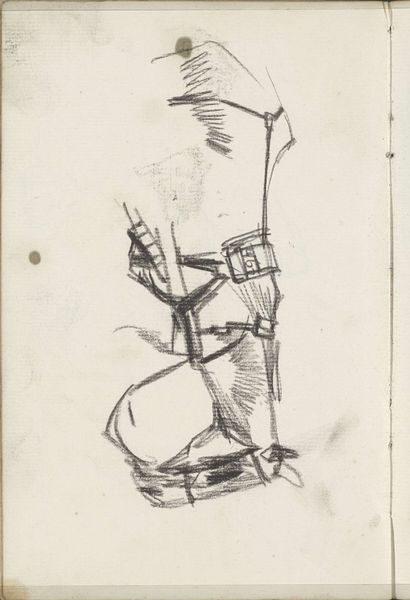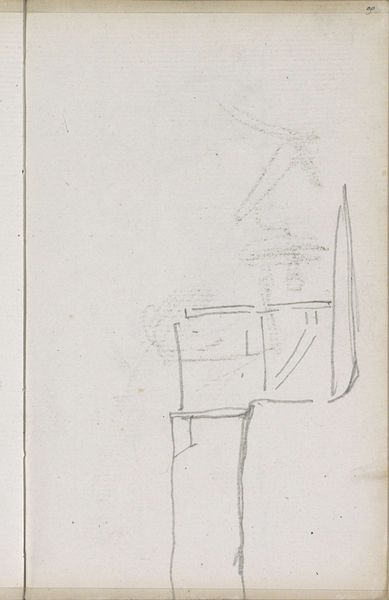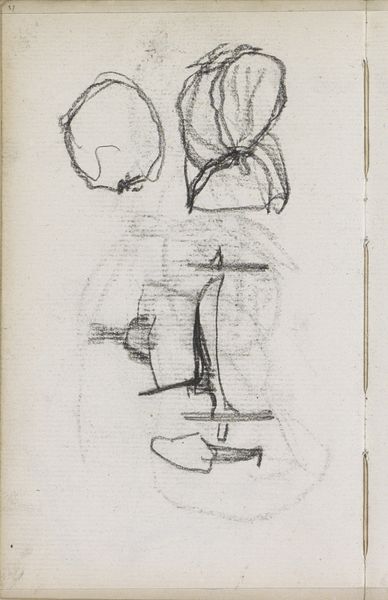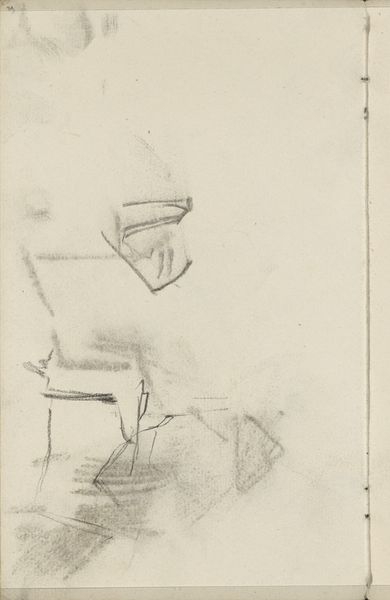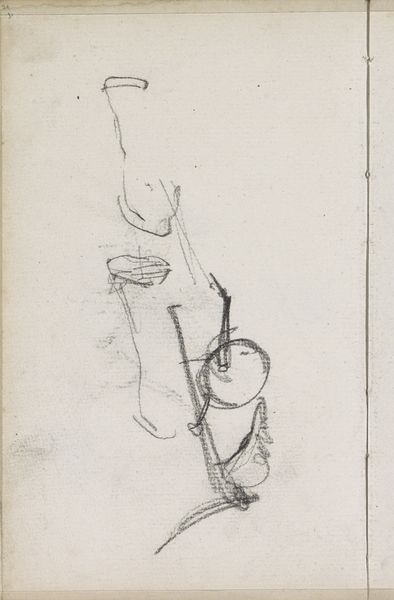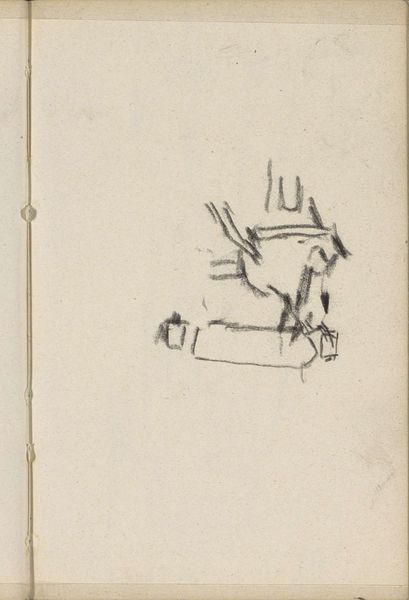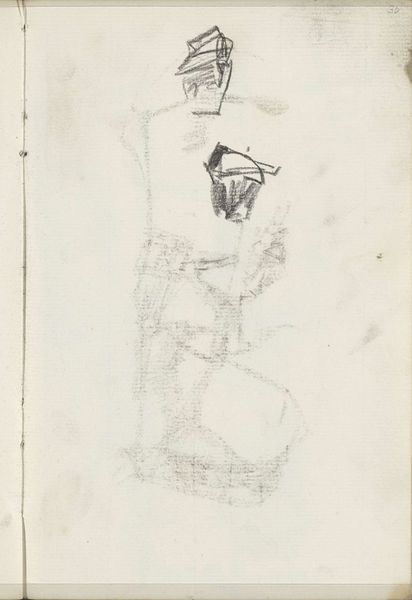
drawing, pencil
#
drawing
#
impressionism
#
pencil sketch
#
landscape
#
sketch
#
pencil
#
sketchbook drawing
Copyright: Rijks Museum: Open Domain
Editor: This is a pencil drawing entitled "Ploeg" by George Hendrik Breitner, created between 1884 and 1886. It's currently housed in the Rijksmuseum. It has such a raw, immediate feel – almost like looking into the artist's mind as they’re observing the world. What do you see in this piece, and how do you interpret it? Curator: I see a powerful commentary on labor and the land. Breitner's choice to depict agricultural tools in such a stark, almost detached way, begs us to consider the social and economic realities of the workers who used them during this period. It prompts reflection on the relationship between humans, tools, and the exploitation of natural resources. How does the roughness of the sketch contribute to your sense of immediacy? Editor: It’s like a snapshot, capturing a fleeting moment. The lack of detail feels deliberate, drawing attention to the essence of the objects rather than their physical attributes. The sketch itself also creates this feeling like these scenes are almost rebellious, almost fighting for equality and worker's rights? Curator: Exactly! The sketch aesthetic can be interpreted as Breitner refusing the polished, idealized depictions favored by the elite. It aligns him with a burgeoning social consciousness. We might also consider this in the context of burgeoning industrialization. Are these tools being left behind? And what does it say that Breitner decided to record them this way? Editor: That’s such an important point. I was initially focusing on the individual level – the artist’s observation – but framing it within the broader social and economic context makes it so much richer. The tools become symbols of a disappearing way of life, maybe. Curator: Precisely. It urges us to examine not just what's represented, but who is represented, and whose stories are deemed worthy of preservation in art. It is about challenging existing power structures, wouldn’t you agree? Editor: Yes, I definitely agree! Thinking about art this way, connecting it to the social realities of the time, really opens up a new dimension for understanding. Curator: Indeed, it transforms art from mere representation to a vital participant in the ongoing dialogue about justice, equality, and collective memory.
Comments
No comments
Be the first to comment and join the conversation on the ultimate creative platform.
